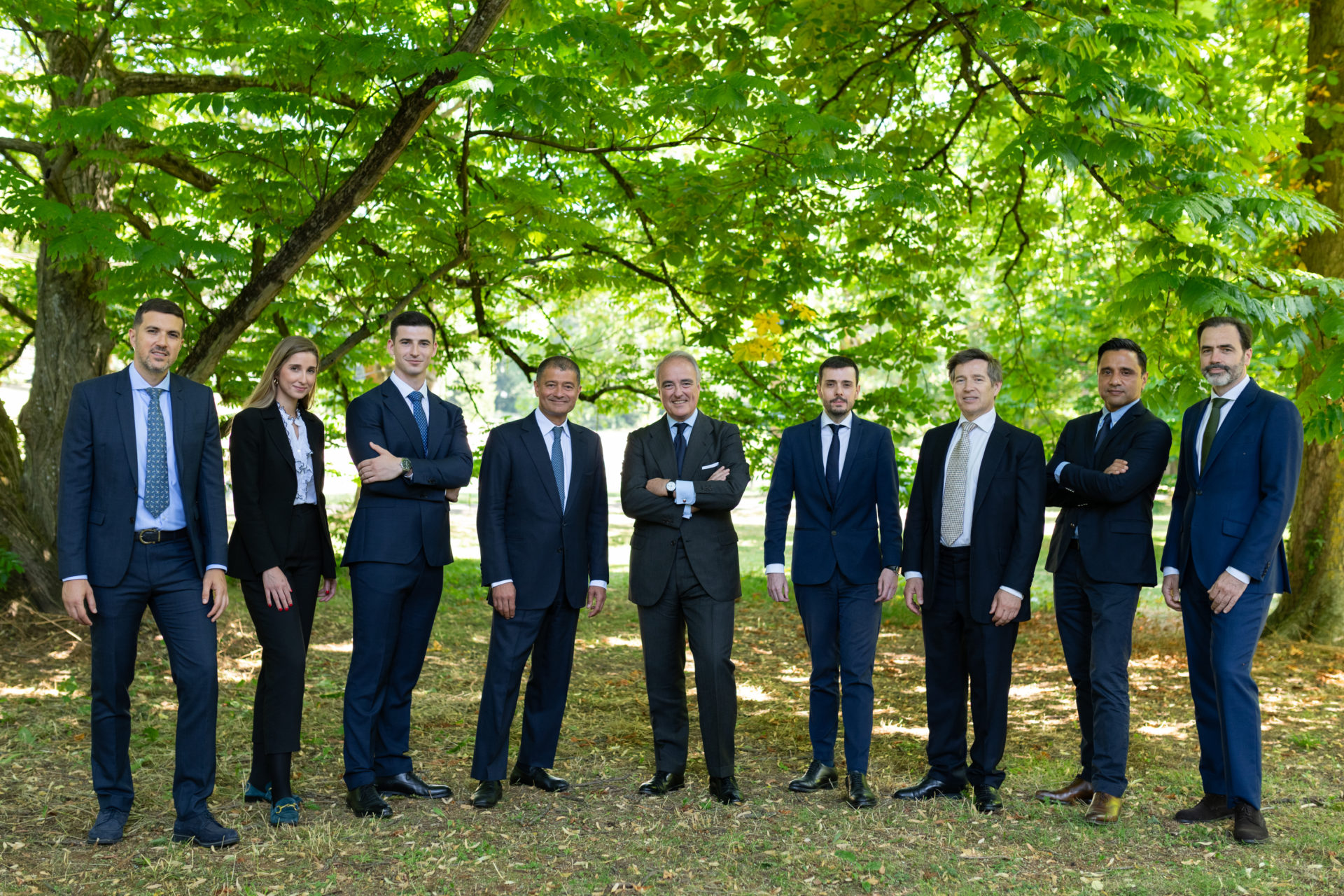By Shanu SHERWANI, Partner at Antwort, published in AGEFI Luxembourg, Octobre 2021, p34.
In this month’s article, I wanted to talk about funds of funds (FOF) in private equity and how this is an excellent avenue for an investor seeking exposure to private equity. Funds of funds investments are made by investors into a fund that makes investments into a predetermined number of underlying funds (also known as sub-funds). Through exposure to many funds, and in turn, many companies, investors can achieve diversification while only making one financial commitment. The purpose of this article is to examine the attractiveness of fund of funds, their advantages, and the types of investors for whom they are appropriate.
There are a variety of reasons why investors choose to invest in funds of funds to gain exposure to private equity:
Possibility of generating an attractive risk-adjusted return
FOF managers are experts in private equity fund investing. Combined with the diversification benefits provided by a FOF (discussed below), this can result in attractive risk-adjusted returns.
Diversification
Achieving appropriate diversification is difficult for many private equity investors because they cannot commit to enough funds on a recurring basis. By using a fund of funds, a single investment can provide exposure to a variety of vintage years, strategies, and industries. Diversification is a requirement for large institutional investors and individual private investors, and they may lack the in-house expertise necessary to research hundreds of PE firms and then allocate their capital appropriately. Funds of funds may be able to perform this service for them. Diversification can help to mitigate risk while optimizing potential returns. Additionally, diversification protects against downside risk.
Management expertise
High-quality fund-of-funds managers leverage their network and experience to commit to difficult-to-access managers that investors may not be able to commit to directly. This is especially true in the private equity industry, where funds in the top quartile are consistently oversubscribed and prioritize existing LPs (Limited partners) investors who have committed to their previous funds. FOF managers will be supported by experienced investment teams with a track record of identifying and investing in topperforming private equity funds. Additionally, most established FOF managers maintain extensive databases of information on their portfolios and target funds. This information can be highly beneficial when evaluating investments. Many smaller limited partners will lack this type of specialized expertise.
Access and Convenience
Many institutional and family investors lack the capacity or resources to identify and underwrite private equity funds consistently. Among these constraints are the following:
– Individual investors, and even some institutional investors, may lack the capital necessary to participate in a new fund raised by a large firm such as Blackstone or KKR. However, a fund of funds could pool capital from numerous smaller investors to meet these firms’ minimum investment requirements.
– Many FOF are specialist funds focused on a particular strategy or geography, for example, middle-market buyouts. Without the assistance of an external advisor, most LPs will struggle to replicate the FOF manager’s expertise in these strategies or geographies.
– On the other hand, as briefly mentioned above, some private equity firms are niche and purposefully manage smaller funds to earn higher returns. They may not accept new money regularly, but a fund of funds that has already invested may invest more in the future. As a result, this fund of funds may provide an opportunity for new investors to acquire a stake in a PE firm that has been officially «closed off.»
– Investors may be unable to discuss more than a few funds per year due to a lack of time and back-office resources necessary to manage a large number of private equity funds.
Deal Sourcing
Certain Limited Partners, such as corporations investing for the benefit of their pension plans, are constantly on the lookout for acquisition opportunities. If they invest in funds of funds, they will begin to hear about potential deals as they review the acquisitions considered by the underlying PE firms and have access to co-investment opportunities.
Efficient administration
Managing capital calls and distributions can be a time-consuming administrative task for an LP, even more so for a smaller LP or one new to private equity investing. Because the FOF is responsible for all capital calls and distributions from its portfolio funds, the LP is only accountable for the FOF’s capital calls and distributions.
Strategy
Private equity funds of funds pursue three primary activities:
a) Primary Investing: This refers to investments in established and emerging private equity funds that are raising capital.
b) Secondary Investing: This refers to the process of purchasing stakes in existing private equity funds from other limited partners (LPs) looking to unload their holdings.
c) Co-Investing: This refers to investing in a specific deal that a single private equity firm is pursuing, typically to attract additional capital sources.
Some businesses use a combination of these strategies to lower the risk through diversification and offer consistent, steady returns, while others focus exclusively on one or two. Additionally, specific percentages of capital, such as 80 per cent, may be required to be invested in new or existing funds, with the remaining 20% in co-investments.
Co-investment is the riskiest strategy but also the most lucrative. Secondary investing is the least risky strategy because performance data is already available, making it easier to determine the performance of a specific PE fund before investing.
Numerous large FOFs will pursue a diverse range of investment strategies, including global buyout funds, growth equity funds, venture capital funds, and private credit strategies. Many FOFs, on the other hand, have more focused strategies, such as focusing on specific geography (Asia, Europe, the United States (or North America), South America, the Middle East, or Africa, for example), a specific strategy (venture capital, middle-market buyouts, emerging managers, or small funds, for example), or a combination of the above.
While many FOF invest exclusively in private equity funds, others will invest in secondary fund opportunities and co-invest in portfolio companies alongside their portfolio funds. These additional strategies can increase returns and also help to mitigate the impact of the J-Curve.
The industry is relatively small; Hamilton Lane, HarbourVest Partners, AlpInvest Partners, and Adams Street Partners are just a few of the most significant independent funds of funds based in the United States. Goldman Sachs’ AIMS (Alternative Investments and Manager Selection) group has the highest AUM dedicated to private equity fund investments among banks.
If performance is more important than size, which is my preferred option, Swan-Cap Partners, ATP Private Equity Partners, Axiom Asia Private Capital, Bay Hills Capital, and Twin Bridge Capital Partners are just a few of the top names worldwide. ATP Private Equity Partners, the private equity arm of Danish pension fund ATP and Munich/Luxembourg based Swan-Cap Partners, were ranked by Preqin as the most reliably top-performing funds of funds manager in private equity.
Investors are becoming more sophisticated, preferring direct investments in private equity funds over funds of funds, according to another Preqin report on private equity fund of funds and the challenges faced by FOF managers competing with traditional private equity funds. Despite growing investor sophistication, I would argue that investors lack the resources necessary to identify, conduct due diligence, and establish relationships with the approximately 10,000 private equity funds operating globally. Investors have compelling reasons to outsource to funds of funds, and perhaps the way outsourcing is conducted will change. Investors will consolidate commitments via increasing their exposure to fund of funds and prioritize those with a track record of success.
As mentioned in my previous articles, global alternative assets under management are expected to exceed US$23 trillion by 2025, based on data provided by Preqin. Unsurprisingly, growing interest in funds of funds correlates with affluent investors’ increased appetite for alternatives. Many Advisers and Private Bankers with whom I have recently interacted in Luxembourg have an increasing demand by their clients for access to private equity and have recognized that an investor’s portfolio should include more than publicly traded securities, traditional mutual funds, exchange-traded funds, and bond funds. For an extended period, we have been in a secular, low-interest environment. If you’re looking for consistent fixed income, simply investing in a bond fund may not generate the yields you require in this environment. While demand for alternatives is increasing, diversifying a portfolio of private equity funds is an expensive proposition, even for wealthy investors.
Fund of Funds helps address this issue. As mentioned previously, the primary benefit of this investment vehicle is that it provides access to some of the best managers of underlying private equity funds otherwise unavailable to individuals, family offices, and small institutional investors. Some of the best private equity fund managers are highly selective about their investors, occasionally opening their doors only to large institutions or a FOF. Furthermore, FOFs are an excellent way for an LP or private investor new to private equity to begin their investment program and become acquainted with the private equity mechanics.






